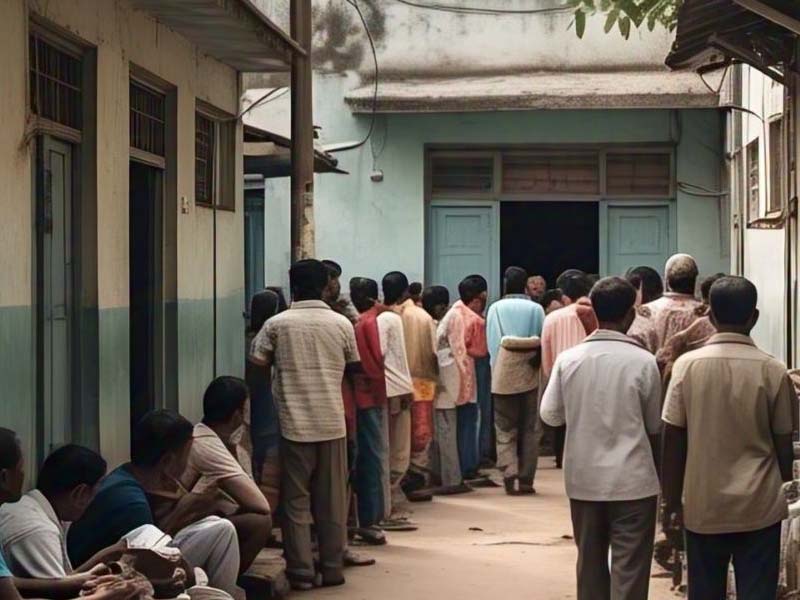
Resilienceapac – Barriers to Universal health coverage (UHC) remain a major challenge in the Asia-Pacific region. Despite progress in expanding healthcare access, significant gaps persist, preventing millions from receiving essential medical services. These obstacles range from geographical and financial limitations to systemic inefficiencies and emerging health threats. Addressing these issues is crucial to ensuring equitable healthcare for all.
One of the most pressing barriers to universal health coverage in Asia-Pacific is the vast geographical disparities in healthcare access. Many rural and remote areas lack proper medical facilities, forcing residents to travel long distances for even basic care. Countries with large archipelagos, such as Indonesia and the Philippines, face additional challenges in delivering healthcare services to isolated communities. The shortage of medical professionals in rural areas further worsens the situation, leading to delayed diagnoses and poor health outcomes. Bridging this gap requires significant investment in infrastructure, digital health solutions, and workforce distribution.
“The Power of Laughter: A Bold Weapon for Equality”
Another critical barrier to universal healthcare is financial accessibility. Many people in the region struggle to afford medical treatment due to high out-of-pocket expenses. Even in countries with public healthcare systems, gaps in coverage often force individuals to rely on private healthcare, which can be prohibitively expensive. The lack of comprehensive health insurance schemes leaves vulnerable populations, including low-income families and informal workers, at risk of financial ruin when faced with medical emergencies. Expanding affordable health insurance and government-subsidized programs is essential to reducing these financial burdens.
The complexity and fragmentation of healthcare systems in many Asia-Pacific countries also hinder progress toward UHC. Inefficient coordination between public and private healthcare providers, as well as inconsistent policies across regions, leads to unequal service distribution and administrative bottlenecks. Emerging health threats, such as pandemics, climate change-related diseases, and aging populations, further strain already overburdened systems. Without effective reforms and stronger regional cooperation, achieving sustainable and resilient healthcare coverage will remain a distant goal.
While the vision of universal health coverage in Asia-Pacific is within reach, overcoming these barriers requires a multi-faceted approach. Governments, healthcare providers, and international organizations must work together to address geographical challenges, reduce financial burdens, and reform fragmented systems. Only through collective efforts can the region build a more inclusive, efficient, and resilient healthcare system for all.
“Former US Ambassador: Trump Will Not Prioritize ASEAN”
Resilience APAC: Asia-Pacific Hub for Reform supply chain leaders now use digital twins cargo flows to test shipping scenarios, reduce…
Resilience APAC: Asia-Pacific Hub for Reform Heightened maritime disputes and shifting trade policies have intensified geopolitical risks impacting supplychains across…
Resilienceapac - The rapid wave of digital transformation has created a new chapter in global industry. Automation, artificial intelligence, and…
Resilienceapac - Across the Asia-Pacific region, a quiet transformation is unfolding. From Jakarta’s rising eco-tech startups to Seoul’s clean-manufacturing innovators,…
Resilienceapac - Asia today stands at an energy crossroads. The region is growing faster than any other global economic bloc,…
Resilienceapac - Climate change is no longer an idea discussed only in scientific reports. Instead, it is something people now…